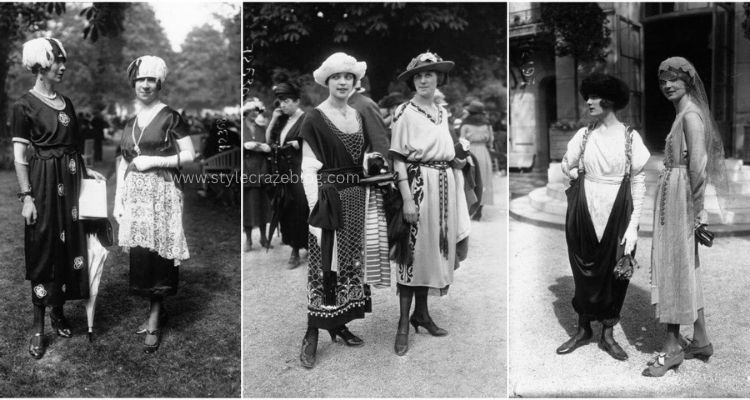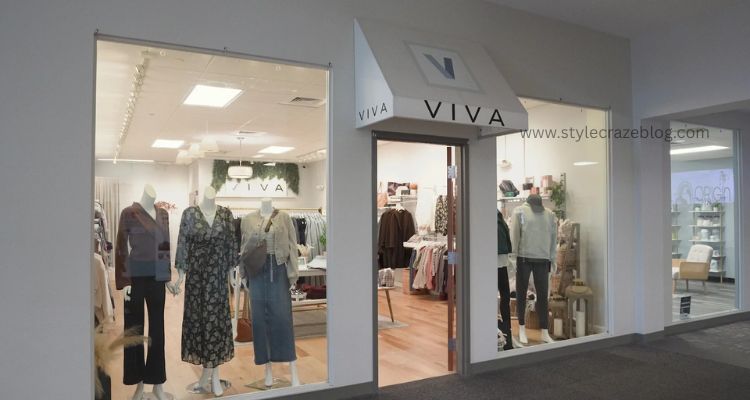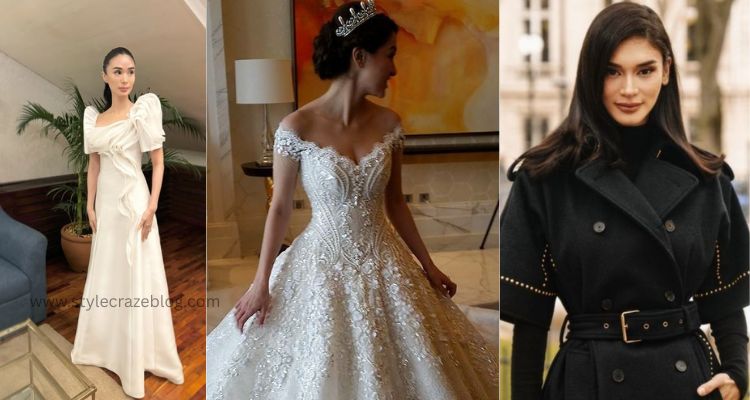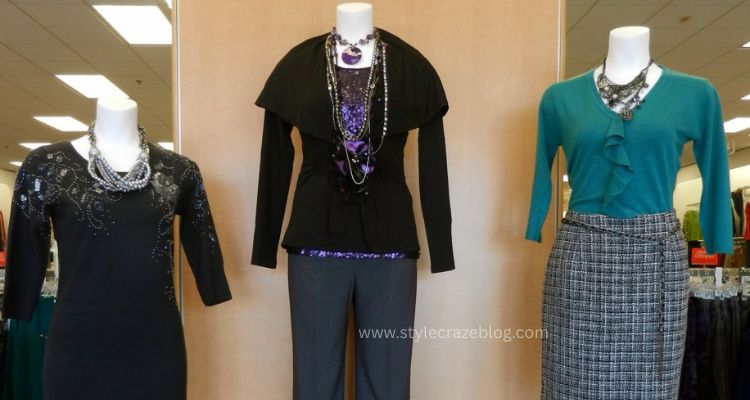When we look back at 1910s fashion, it feels like opening a window between two worlds. Early in the decade, people still wore Edwardian elegance with long skirts and decorative hats. By the end, clothes became simpler, looser, and more modern, thanks to World War I. I remember once trying on a reproduction 1910s hat at a vintage fair—it was heavy, glamorous, and made me stand taller. That’s exactly what this decade’s clothing did.
What Was Fashion Like in the 1910s?
1910s women’s fashion at the start of the decade meant slim skirts, high waists, and S-shaped corsets that created long lines. Evening gowns used fabrics like silk and satin, often trimmed with lace and beads. Accessories mattered—women wore long gloves, wide hats, and elaborate jewelry.
Men’s style stayed formal. 1910s men’s fashion focused on suits with stiff collars, waistcoats, and bowler or homburg hats. Trousers narrowed slightly. For evenings, men chose tuxedos with starched shirts and cravats.
Every time I look at photos from this period, I notice how polished everyone looked, almost like they were always ready for a portrait. That was the essence of 1910s fashion—structured but stylish.
Who Influenced Fashion in the 1910s?
Designers played a major role. Paul Poiret revolutionized women’s dress by popularizing looser gowns and freeing women from tight corsets. He introduced the “lampshade” tunic and harem pants—styles that shocked many but became iconic.
At the same time, Paris continued to lead as the fashion capital. Magazines and 1910s fashion plates spread new designs across Europe and America. My grandmother once showed me a faded magazine clipping from this era. Even without the color, the elegance in the illustrations struck me. Fashion wasn’t just clothing—it was art on paper.
What Was the Fashion in the 1910s?
Daywear for women included tailored suits with ankle-length skirts and matching jackets. Dresses often had empire waistlines, echoing classical simplicity. By the mid-1910s, hemlines crept up to mid-calf, making walking easier. This was the beginning of a slow but steady liberation for women’s dress.
For 1910s fashion female influences, hats grew enormous early in the decade, sometimes complete with feathers or ribbons. By 1915, the styles shrank to more modest cloche-like designs. Practicality took hold as the war shaped wardrobes.
Men kept to dark colors in wool suits for work. During World War I, uniforms defined the look of an entire generation, influencing civilian style with trench coats and military cuts.
What Shifts in Fashion Between the 1910s and 1920s Do the First Two Images Show?
The images often show a stark shift. The 1910s fashion silhouette was elegant yet restrictive—corsets, long skirts, and carefully styled hair. By the 1920s, everything loosened. Women wore knee-length dresses, bobbed hair, and ditched corsets. Clothes became playful rather than serious.
It’s fascinating to see side-by-side contrasts. The 1910s looked refined and formal. The 1920s, in contrast, felt like freedom and fun. I once tried wearing a repro 1910s dress and then a 1920s flapper outfit on different occasions. The difference in movement and comfort was so clear—it felt like walking from Victorian grace into modern life.
What Fashion Was Popular in the 1910s?
Popular items in 1910s fashion included hobble skirts (narrow skirts that limited walking), tailored jackets, and ornate hats. After 1914, practicality rose. Straight skirts, simpler blouses, and shorter hemlines ruled. Military details even showed up in civilian clothes.
For 1910s mens fashion, three-piece suits stayed constant. Pocket watches, ties, and polished shoes remained must-haves. Simplicity increased after the war, but elegance was never lost.
Final Thoughts
1910s fashion was about transition. Women shifted from restrictive corsets to freer silhouettes. Men balanced formality with practicality. World War I influenced both, pushing society toward simpler and more modern clothing.
For me, the appeal of this decade is its mix—grace from the old world, hints of liberation from the new. Whenever I see a 1910s gown in a museum, I imagine the person who wore it. Were they clinging to tradition or looking forward to change? That tension is what makes the 1910s unforgettable.




